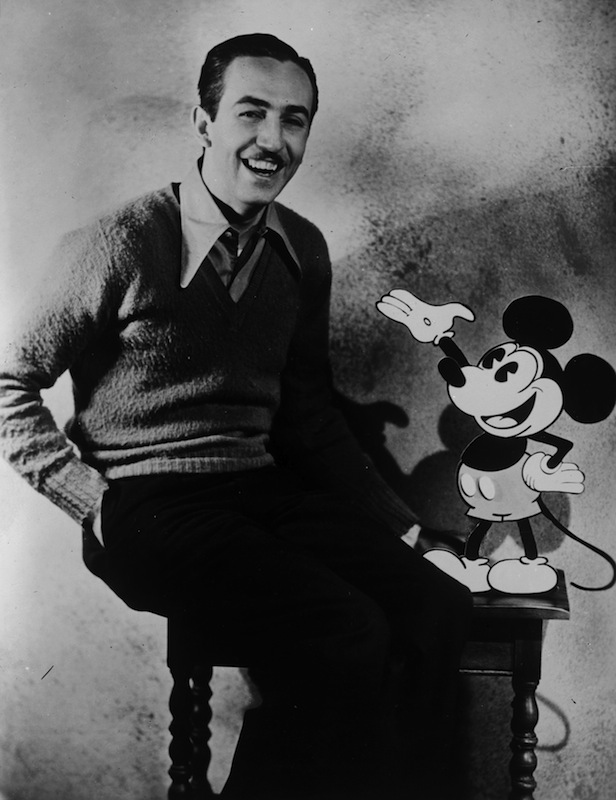
When the Disney Brothers Studio got its start on this day, Oct. 16, in 1923, Walt Disney couldn’t have predicted that his animation studio would become the entertainment powerhouse that it’s been for nearly a century.
He also probably failed to predict that, within a decade, he’d get hit with what must be one of the sillier censorship cases in history.
Here’s how TIME described what happened in February of 1931:
Motion Picture Producers & Distributors of America last week announced that, because of complaints of many censor boards, the famed udder of the cow in the Mickey Mouse cartoons was now banned. Cows in Mickey Mouse or other cartoon pictures in the future will have small or invisible udders quite unlike the gargantuan organ whose antics of late have shocked some and convulsed other of Mickey Mouse’s patrons. In a recent picture the udder, besides flying violently to left and right or stretching far out behind when the cow was in motion, heaved with its panting when the cow stood still; it also stretched, when seized, in an exaggerated way.
That’s right: Clarabelle Cow’s udders were deemed inappropriate for tender American audiences, who one must presume did not know where milk comes from. Clarabelle was also censored at one point, in Ohio, after she was seen reading a racy book.
But, it turns out, Clarabelle wasn’t the only one of Disney’s creations to get adjusted by decency boards during the studio’s first decade. Canada banned another cartoon because of the way a fish got too close to a mermaid’s thigh, and German censors objected to a cartoon in which Mickey and friends were approached by cats wearing German military garb, which was seen as offensive to Germans. (It’s unclear from TIME’s coverage whether the German censors objected to being compared to undignified felines or to anti-Mickey predators.)
It was probably not because of her udders, but Clarabelle has largely faded away from the list of popular Disney characters, which means that–to paraphrase another cartoon icon, Bart Simpson–most of the studio’s movies these days do not, in fact, have a cow, man.
Read TIME’s 1937 cover story about Walt Disney here, in the archives: Mouse & Man
More Must-Reads from TIME
- Cybersecurity Experts Are Sounding the Alarm on DOGE
- Meet the 2025 Women of the Year
- The Harsh Truth About Disability Inclusion
- Why Do More Young Adults Have Cancer?
- Colman Domingo Leads With Radical Love
- How to Get Better at Doing Things Alone
- Michelle Zauner Stares Down the Darkness
Write to Lily Rothman at lily.rothman@time.com